cocaine
Colombia: pressure grows to expand drug decrim
An official from the capital district government of Bogotá on March 28 called upon Colombia’s national government to open debate on broadening the policy of cannabis decriminalization. "We really need leadership from the Congress and the government to regulate the medicinal and recreational use of marijuana," said secretary general of the Bogotá mayor's office, Susana Muhamad. Despite efforts by the previous president Alvaro Uribe to roll back the policy, since 1994 cannabis has been decriminalized in small quantitites—recently established by the judiciary as up to 22 grams. However, sale and cultivation remain illegal. Muhamad appealed to current President Manuel Santos to examine lifting these limitations.
Colombia: cops seize ton of para cocaine
Colombia's National Police announced Jan. 24 the seizure of 1.2 tons of cocaine allegedly belonging to paramilitary group Los Urabeños in the northwestern department of Córdoba. The find came when police searched a truck at a checkpoint that had been established in Montería municipality. The interception was reportedly planned by police intelligence in advance. The two truck occupants who were arrested apparently tried to bribe the officers with $150,000. The agents also confiscated 6,800 gallons of biodiesel and 3,400 gallons of gasoline, worth around $30,000. The cocaine was reportedly en route to the port of Turbo in Urabá region, the Urabeños' heartland in the northern part of Antioquia department, and was intended for export to the US and Europe. The Urabeños are a "neo-paramilitary" group that remained in arms after the ultra-right paramilitary network was officially "demobilized" some 10 years ago. Authorities now consider the Urabeños Colombia's most powerful drug trafficking organization. (Colombia Reports, Jan. 24)
Colombia: photos link Uribe to narcos, paras
On Dec. 25, Bogotá-based online newspaper Las 2 Orillas ran photos scanned from old print editions of provincial daily El Meridiano de Córdoba that showed ex-president Álvaro Uribe Vélez posing with various figures linked to narco-trafficking and illegal paramilitaries. The shots, taken when Uribe was on the campaign trail in 2002, and earlier when he was governor of Antioquia, showed him with numerous figures later tainted by the "para-politics" scandal. One was Róger Taboada, first director of the scandal-plagued rural development bank FINAGRO, who stepped down following revelations he had approved a loan to Luis Enrique "Micky" Ramírez, the reigning drug lord of Caquetá department. Uribe also appeared with family members of now-imprisoned paramilitary warlord Salvatore Mancuso.
Colombia: US suspends spraying after pilots downed
News accounts revealed in December that the US-funded glyphosate spraying in Colombia has been indefinitely suspended after presumed FARC guerillas shot down two fumigation planes—killing one US pilot. One plane came down Sept. 27, killing the pilot, whose name was not revealed. Reports were unclear where this incident took place. The Los Angeles Times on Dec. 17 named the village of Tarra, which is in Norte de Santander, along the Venezuelan border; Bogotá's El Tiempo implied it was in the southern jungle department of Putumayo. A second crop-duster was brought down Oct. 5, apparently at a location in Caquetá—also in the southern jungle. This prompted the US embassy to halt the spraying, according to anonymous sources. Neither the embassy nor the State Department would confirm the report.
Peru claims new blow against Sendero Luminoso, assails Bolivia
Peru's President Ollanta Humala on Dec. 9 announced the capture of the new commander of the remnant Sendero Luminoso column in the Upper Huallaga Valley—one of two remaining pockets of coca-producing jungle where the scattered Maoist guerilla movement is still keeping alive a local insurgency. The commander was named as Alexander Fabián Huamán AKA "Héctor"—said to have assumed leadership of the guerillas' "Huallaga Regional Committee" after the capture last year of "Comrade Artemio," the last "historic" Sendero leader (that is, dating back to the insurgency's heyday 20 years ago). Gen. Víctor Romero Fernández, commander of the National Police Anti-Drug Directorate (DIRANDRO), called the arrest a "hard blow" against the guerillas, and predicted that "Sendero Luminoso is disappearing in this zone." (InfoBAE, Andina, Dec. 9)
Peru: deadly clash as narco-flight intercepted
Agents of Peru's National Police force intercepted a small plane loaded with 300 kilos of cocaine paste in Oxapampa province, Pasco region, on Nov. 24, mortally wounding the pilot, a Bolivian national. Authorities said the agents, attached to the elite Tactical Anti-drug Operations Directorate (DIRANDRO), were staking out a clandestine airstrip they had discovered when the Bolivian-registered plane landed there. Three Peruvian crewmen were taken into custody, but the pilot was apparently shot in the stomach when he resisted. He was evacuated by helicopter to the nearest town, Ciudad Constitución, where he died in the hospital. The cocaine paste is believed to have been locally produced, and bound for Bolivia.
Peru: 'narco-terrorist' busted; narco-politician exposed
On Oct. 23, National Police in Peru apprehended in Lima an accused commander of one of the two surviving remnant factions of the Sendero Luminoso guerilla movement. The Interior Ministry named the detained man as Rolando Pantoja Quispe, and said he was under the orders of Florindo Eleuterio Flores Hala AKA "Comrade Artemio"—the notorious Sendero commander who was captured last year and condemned to life in prison. The ministry said Pantoja Quispe controlled cocaine trafficking in the Yanajanca Valley of Huanuco region, and hailed the arrest as a further blow against Artemio's crippled network. (BBC Mundo, Oct. 23)
Sendero Luminoso in Bolivia?
On Oct. 19, a patrol of Bolivia's Joint Task Force, coordinating National Police and army troops in coca-eradication missions, was ambushed by unknown gunmen at Miraflores pueblo, Apolo municipality, in the coca-growing Yungas region, sparking a gun-battle that left four dead—three troops and a medic. Up to 30 were injured, but all the assailants seem to have escaped. Government vice-minister Jorge Pérez said the attack was "planned by people related to the narco-traffic," adding that the partially buried remains of a cocaine lab had been found nearby. Days later, Leopoldo Ramos, the public prosecutor appointed to investigate the case, said that "by the form of execution, for the Public Ministry it is probable that those who attacked in Miraflores are persons trained by Sendero Luminoso."
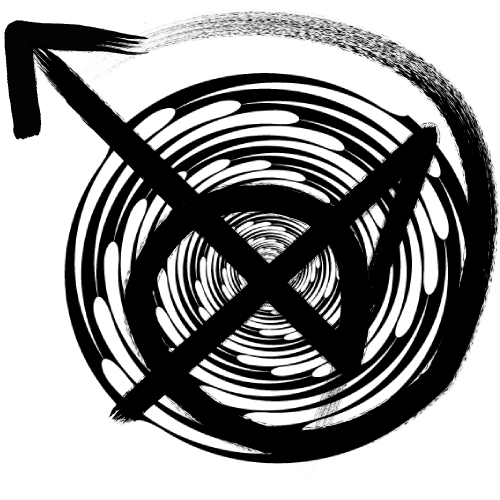
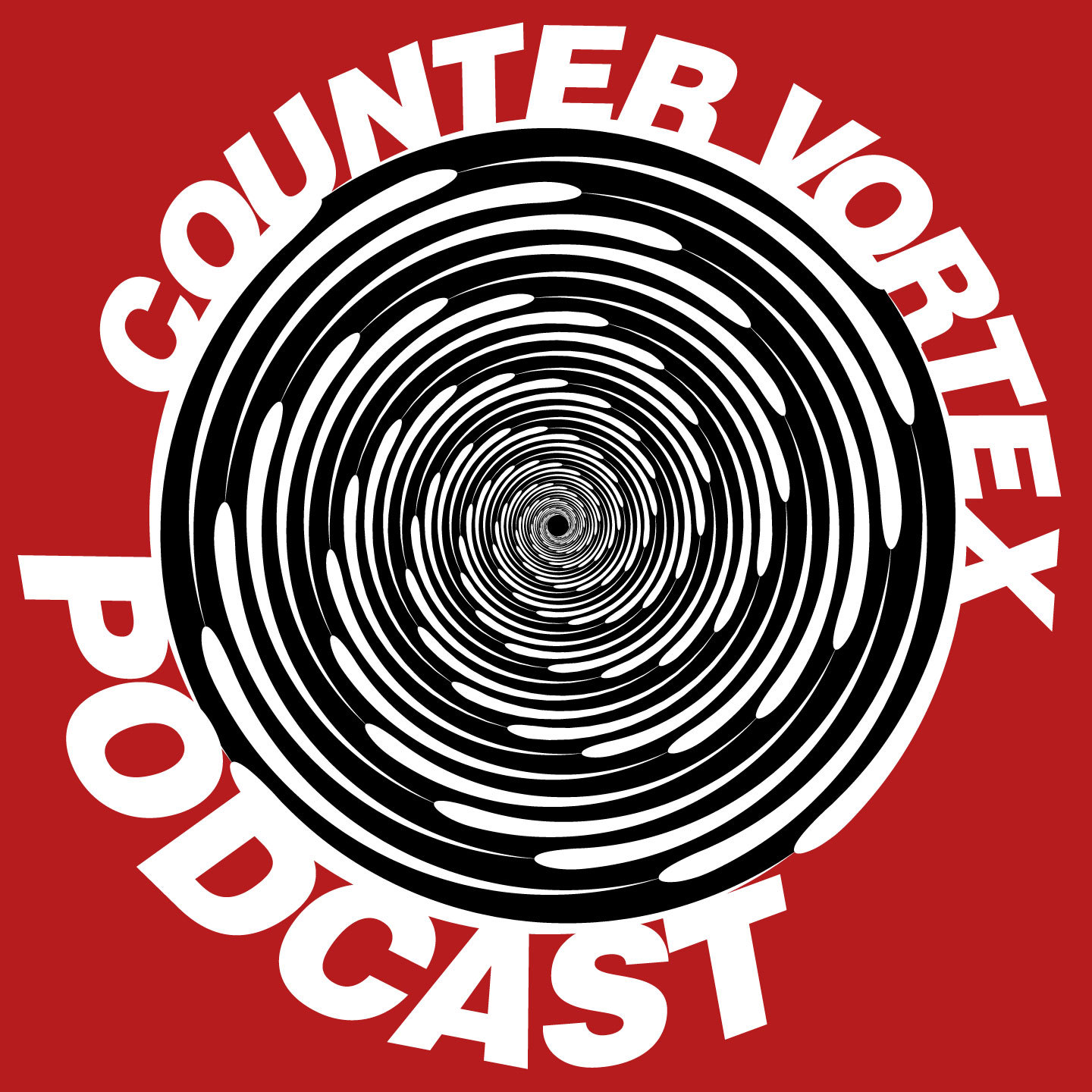




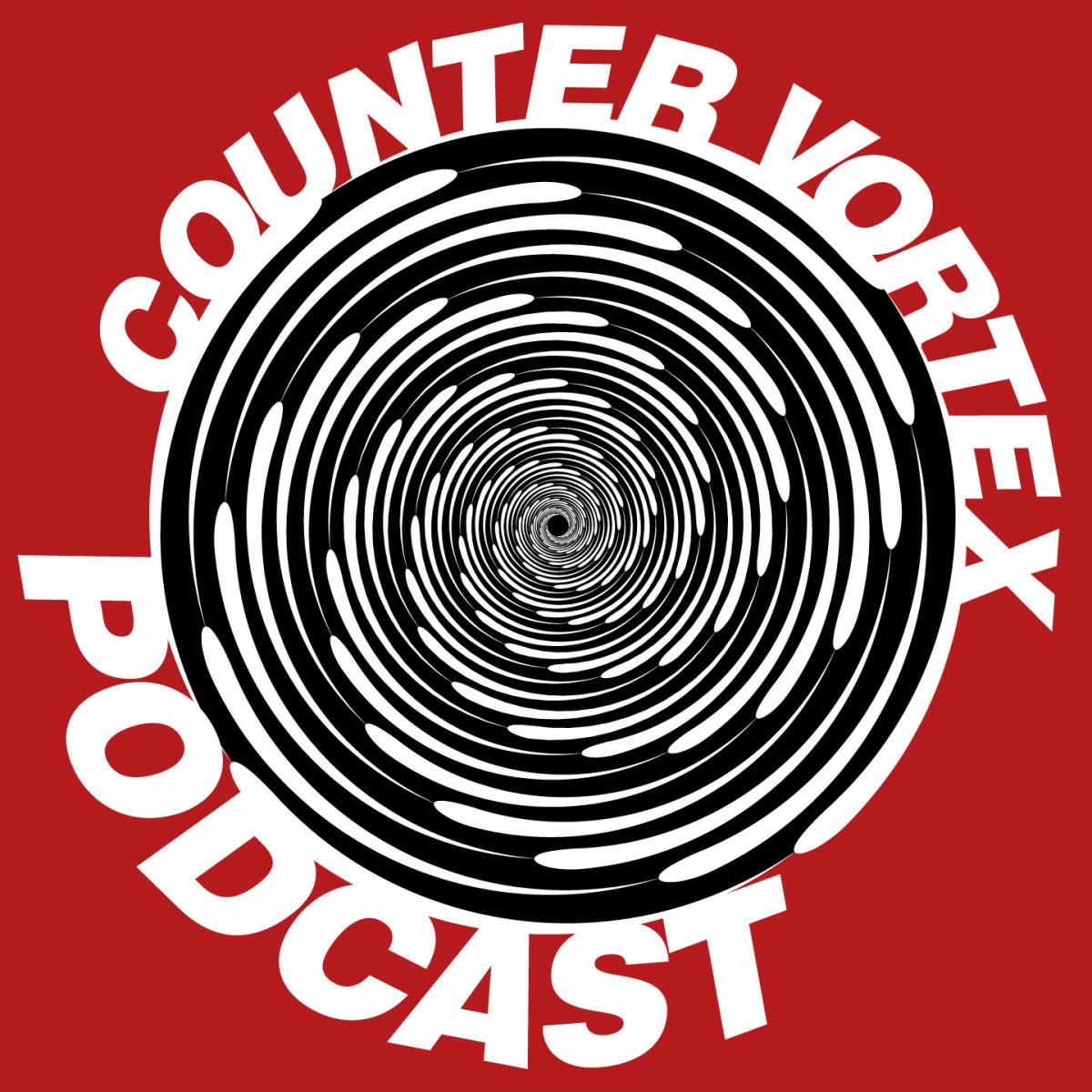





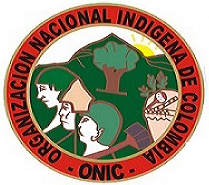
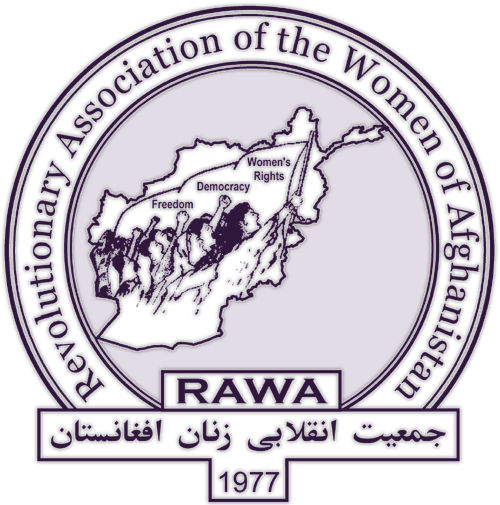

Recent Updates
3 days 21 hours ago
3 days 21 hours ago
3 days 22 hours ago
5 days 9 hours ago
5 days 21 hours ago
5 days 21 hours ago
5 days 23 hours ago
5 days 23 hours ago
6 days 6 hours ago
6 days 6 hours ago